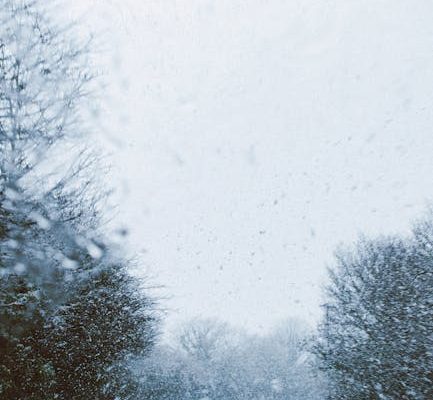
Choosing the Best Time to Visit the US: Seasonal Travel Guide and Weather Tips
The United States is a vast and diverse country, offering everything from stunning national parks and vibrant cities to serene beaches and snowy mountain retreats. However, with such diversity comes a wide range of climates and weather patterns, making it essential to plan your trip according to the best travel seasons. In this guide, we’ll break down the ideal times to visit different regions of the US, along with key weather considerations to ensure a smooth and enjoyable journey.
Understanding US Weather Patterns
The US experiences four distinct seasons, but the timing and intensity of these seasons vary significantly depending on the region. Here’s a quick overview:
- Northeast (e.g., New York, Boston): Cold winters with snow, warm summers, and vibrant fall foliage.
- Southeast (e.g., Florida, Georgia): Mild winters, hot and humid summers, and a hurricane season from June to November.
- Midwest (e.g., Chicago, Minnesota): Harsh winters with heavy snowfall, hot summers, and pleasant springs and autumns.
- West Coast (e.g., California, Washington): Mild, wet winters and dry, warm summers. Northern areas are cooler, while southern regions are sunnier.
- Southwest (e.g., Arizona, Nevada): Extremely hot summers, mild winters, and low rainfall.
- Rocky Mountains (e.g., Colorado, Montana): Cold, snowy winters and cool summers, ideal for outdoor activities.
Best Times to Visit by Region
1. Northeast (Spring and Fall)
The Northeast is famous for its picturesque fall foliage and blooming springs. Visit between late September and early November to witness the stunning autumn colors or from April to June for mild weather and fewer crowds. Winters can be harsh, with snowstorms disrupting travel plans, while summers are warm but often crowded with tourists.
2. Southeast (Winter and Early Spring)
The Southeast is a great winter escape, with mild temperatures and fewer crowds. Visit between December and March to enjoy pleasant weather, especially in states like Florida and Georgia. Avoid the summer months (June to August) due to intense heat, humidity, and the risk of hurricanes.
3. Midwest (Late Spring to Early Fall)
The Midwest shines from May to October, when the weather is warm and ideal for exploring cities like Chicago or hiking in national parks. Winters are extremely cold, with heavy snowfall, making travel challenging unless you’re visiting for winter sports.
4. West Coast (Year-Round, but Varies by Area)
California’s mild climate makes it a year-round destination, but the best time to visit is during spring (March to May) or fall (September to November). The Pacific Northwest (e.g., Washington, Oregon) is best visited in summer (June to August) to avoid rainy weather.
5. Southwest (Fall and Spring)
The Southwest, including Arizona and Nevada, is best visited in spring (March to May) or fall (September to November) when temperatures are comfortable for exploring deserts and national parks like the Grand Canyon. Summers are scorching, with temperatures often exceeding 100°F (38°C).
6. Rocky Mountains (Summer and Winter)
The Rockies are a year-round destination, but the best time depends on your activities. Visit in winter (December to February) for skiing and snowboarding or in summer (June to August) for hiking, camping, and outdoor adventures.
Weather Tips for Travelers
- Check Seasonal Forecasts
Before your trip, research the typical weather conditions for your destination during your travel dates. This will help you pack appropriately and plan activities. - Prepare for Extreme Weather
If you’re visiting regions prone to hurricanes, snowstorms, or heatwaves, stay updated on weather alerts and have a contingency plan in case of disruptions. - Layer Your Clothing
The US experiences rapid weather changes, especially in regions like the Midwest and Northeast. Pack layers to adapt to varying temperatures throughout the day. - Stay Hydrated in Hot Climates
If traveling to the Southeast or Southwest during summer, carry a reusable water bottle and drink plenty of fluids to avoid dehydration. - Plan for Rain
Coastal areas like the Pacific Northwest and parts of the Southeast can experience sudden rain showers. Pack a lightweight rain jacket or umbrella. - Be Sun-Smart
In sunny destinations like California or Arizona, wear sunscreen, sunglasses, and a hat to protect yourself from UV rays.
Final Thoughts
Choosing the best time to visit the US depends on your destination, preferred activities, and tolerance for weather extremes. By understanding regional climates and planning accordingly, you can make the most of your trip and avoid unexpected weather-related challenges. Whether you’re chasing fall foliage in New England, skiing in Colorado, or basking in the California sun, the US offers unforgettable experiences year-round. Happy travels!




